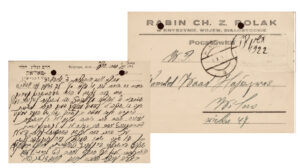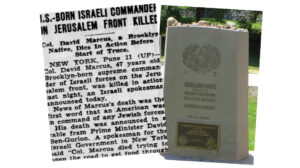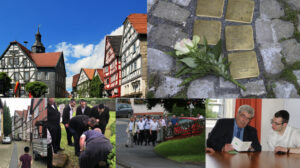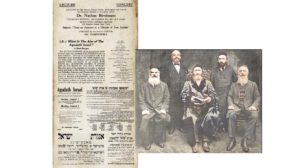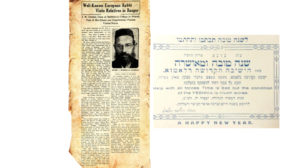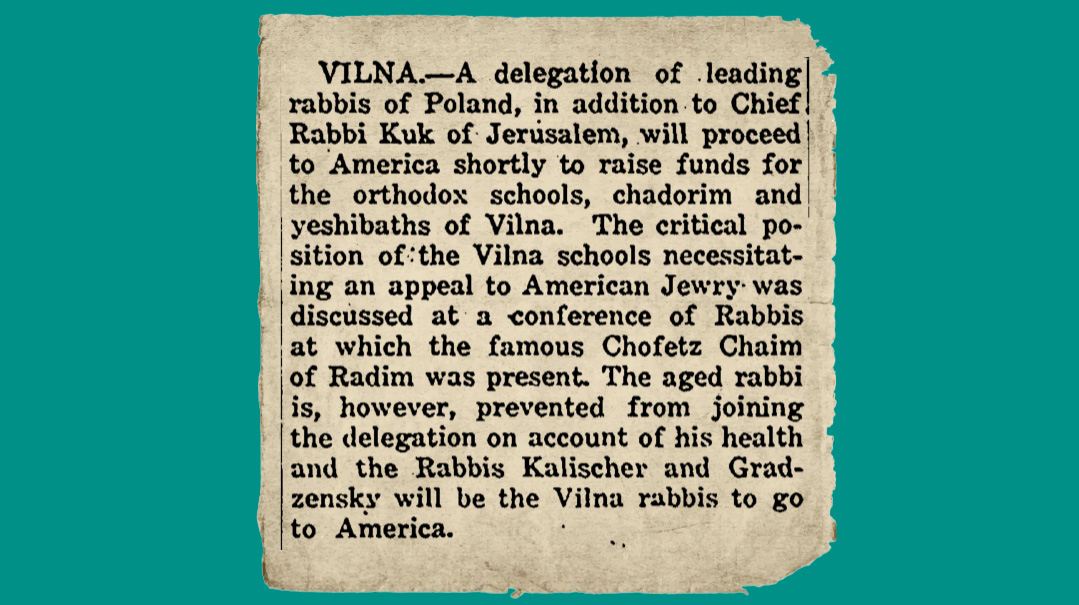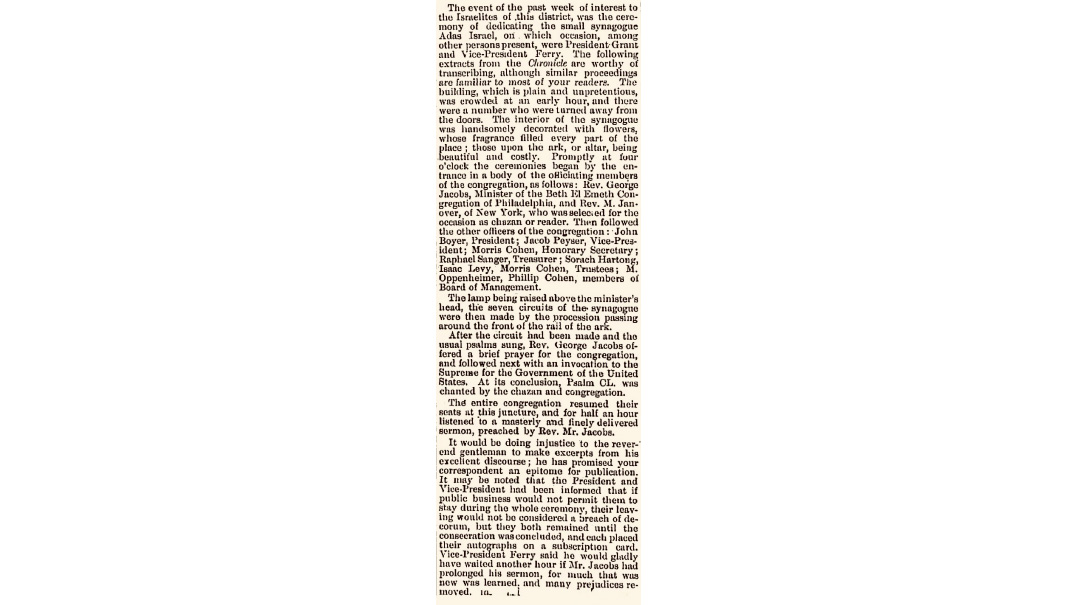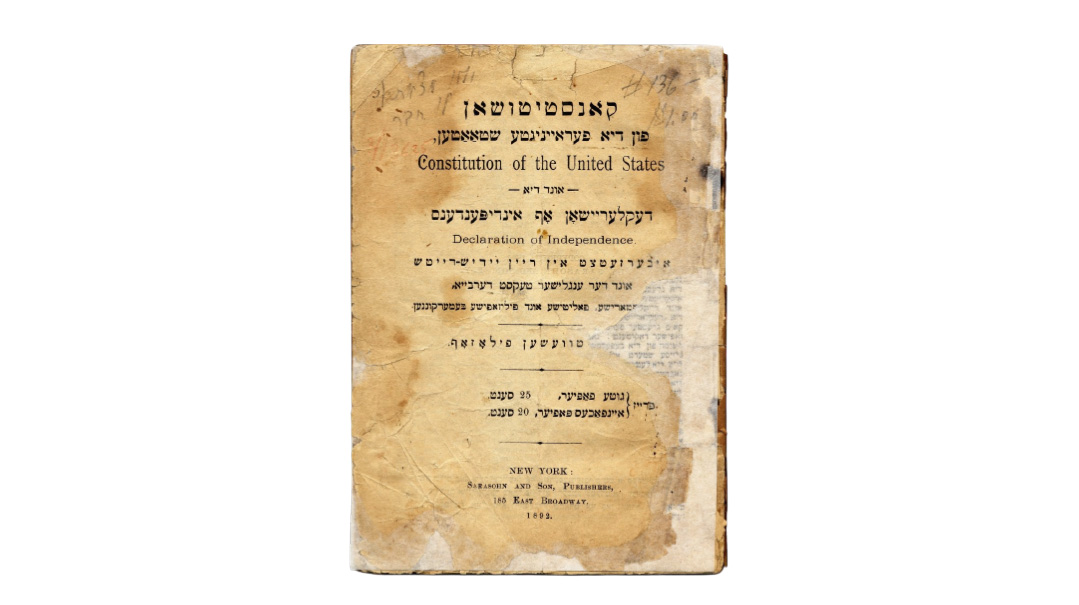It’s All Happening Uptown
| June 22, 2021Harlem’s Jewish population peaked at 175,000 in 1917, making it the world’s third-largest Jewish community after the Lower East Side and Warsaw
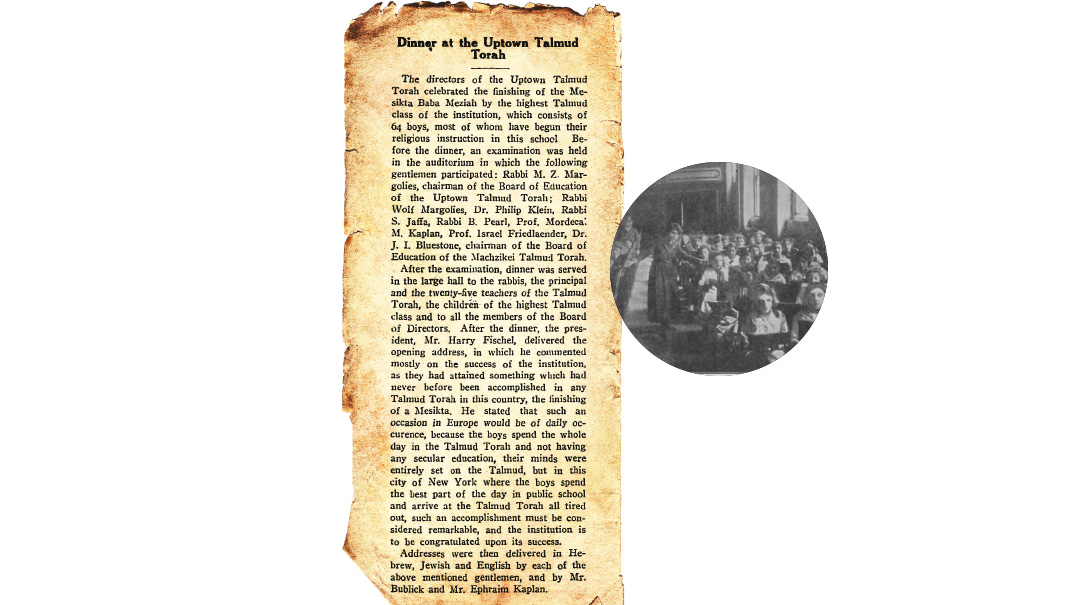
Title: It’s All Happening Uptown
Location: Harlem
Document: The American Hebrew
Time: 1912
In the last decades of the 19th century, Harlem emerged as an alternative to Jews crowded into Lower East Side tenement buildings who were seeking a higher quality of life uptown. Harlem’s Jewish population peaked at 175,000 in 1917, making it the world’s third-largest Jewish community after the Lower East Side and Warsaw.
By 1910, Harlem’s Jewish landscape had exploded, with shtiblach and landsmanshaft on every street corner. In 1912, Ohab Zedek Synagogue on West 116th street hired Yossele Rosenblatt as the chazzan, and he performed to large crowds. While some Harlem shuls hosted afternoon Talmud Torahs, a more institutional solution was sought, and the Uptown Talmud Torah was officially incorporated in 1905.
The leadership of dedicated klal leader Harry Fischel was essential to UTT’s development. He engaged influential wealthy German Jews such as Jacob Schiff and his son in law Felix Warburg to help build a state-of-the-art facility. The German Jews hoped this would facilitate the Americanization of the Russian Jews, though Fischel remained in charge of the curriculum.
By 1913, UTT had grown into the world’s largest Jewish educational institution, with an enrollment of more than 2,100 students. Harry Fischel then undertook more fundraising to add much needed space. Foreshadowing the matching campaigns of a century later, Schiff offered to match donors’ gifts. Rabbinical leaders stepped in as well, with Rav Moshe Zevulun Margolies (Ramaz) and New York’s charismatic maggid Rev. Zvi Hirsch Masliansky endorsing the effort.
Upon completion, the magnificent annex featured a gymnasium and playgrounds, along with properly trained teachers providing a quality Jewish education for neighborhood children. The Ladies Malbish Arumim Society of UTT supplied poor families with badly needed new clothing and shoes.
In 1912 the institution celebrated an impressive achievement when 64 UTT high schoolers made a siyum on Bava Metzia. Fischel proudly addressed a crowd of more than 1,000, which included the city’s rabbinical elite and the Talmud Torah’s 25 rebbeim. Extolling the accomplishment as “unprecedented in this country’s history,” he reminded them that Torah’s potential for growth in the US would be realized once more full-time day schools were founded.
Sephardic Harlem: With the outbreak of the Balkan Wars in 1912, UTT absorbed more than 200 newly arrived Jewish children from the Ottoman conflict zone. Special classes were established to enable them to retain their Sephardic tradition in their new setting. The UTT building also hosted Shearith Israel Mi’Turkey, a beit knesset the refugee families could call home.
Once a Yekke….
While Jacob Schiff was far removed from his roots in Rav Hirsch’s Frankfurt, his seemingly banal 1904 business transaction may have presaged the salvation of a critical component of the Torah world. Shocked by the 1903 Kishinev Pogrom, Schiff facilitated crucial loans to Imperial Japan, then fighting the Czar in the Russo-Japanese War. This warmed Japanese sentiment toward Jews, though it was colored by anti-Semitic notions of dominance in finance. These feelings presumably played a role in the Japanese government’s admittance of thousands of Jewish refugees — including the Mir Yeshivah — to transit there for several months in 1941.
Remembering a Martyr:
In attendance at the siyum was JTS professor Israel Friedlander Hy”d, a graduate of the Hildesheimer Seminary in Berlin. In 1920 Friedlander traveled to Poland and Ukraine as part of a JDC commission to distribute funds to starving Jews. On July 5, Friedlander and Rabbi Bernard Cantor were brutally murdered by the Red Army cavalry unit near Kamenetz-Podolsk, Ukraine.
(Originally featured in Mishpacha, Issue 866)
Oops! We could not locate your form.

